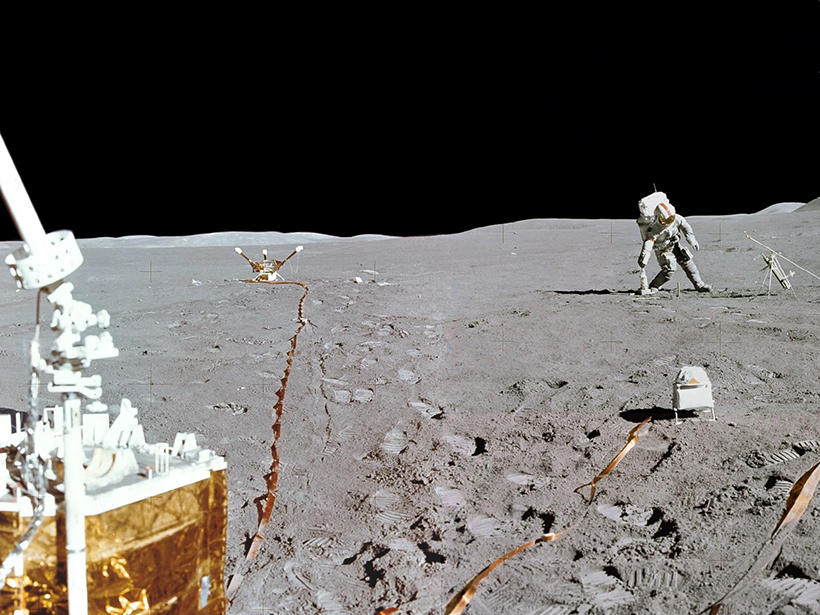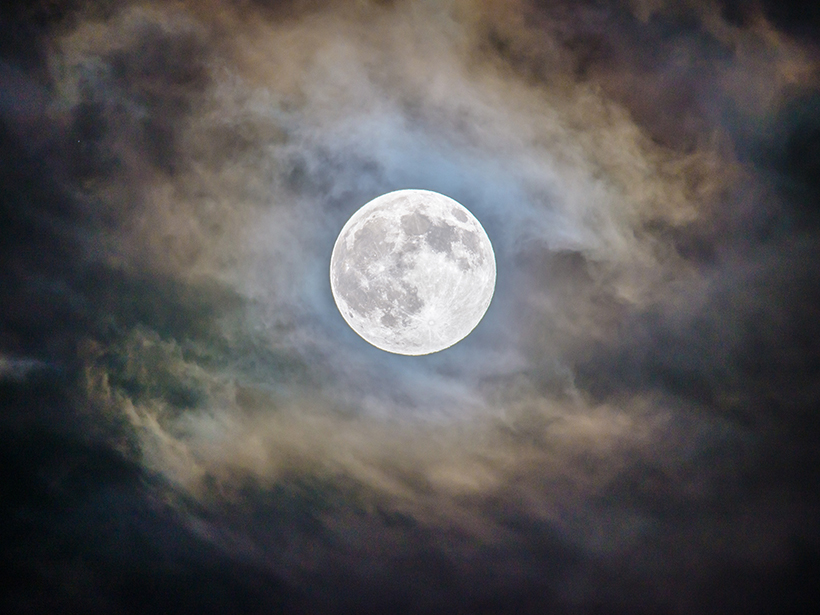The meteorite may have been blasted off of Earth during an impact, mixed with lunar rocks, and brought back to Earth 4 billion years later by astronauts.
Moon
Apollo 11 Commemorative Coins Available Today
The coins commemorate the upcoming fiftieth anniversary of the historic Moon landing and the first steps on the Moon.
A Meteor Struck the Moon During the Total Lunar Eclipse
Telescopes around the world detected an impact event on the lunar surface just before totality on Monday. Amateur and professional astronomers are starting to coordinate data.
Lander Gives First Look at Moon’s Farside
The mission aims to explore this relatively unstudied hemisphere and learn about its age, composition, and geologic history.
Ursula B. Marvin (1921–2018)
This bold mineralogist and feminist bucked norms that deemed geology unsuited for women. She contributed to meteoritics, science history, and petrology, including the analysis of Apollo Moon rocks.
The Case of the Missing Lunar Heat Flow Data Is Finally Solved
Decades-old data analyzed for the first time suggest that astronauts’ disturbance of the Moon surface increased solar heat intake, warming the ground below.
Moon’s Magnetic Field May Magnetize Iron That Hits Its Surface
Scientists are using satellite data to study large impact basins on the surface of the Moon that contain magnetic anomalies.
Space Weathering Asymmetrically Alters Lunar Crater Walls
Directional differences in craters’ optical properties suggest that the solar wind, not tiny meteorites, is the main driver of space weathering on the Moon.
Exact Moonlight Measurements Could Aid Earth-Observing Missions
A new telescope’s unprecedented study of subtle variations in lunar light could finally give Earth-facing satellites a common reference point for their observations.
Comparing Craters
An analysis suggests that craters degrade faster on Mercury than the Moon, raising questions about landscape evolution on different planetary bodies.









